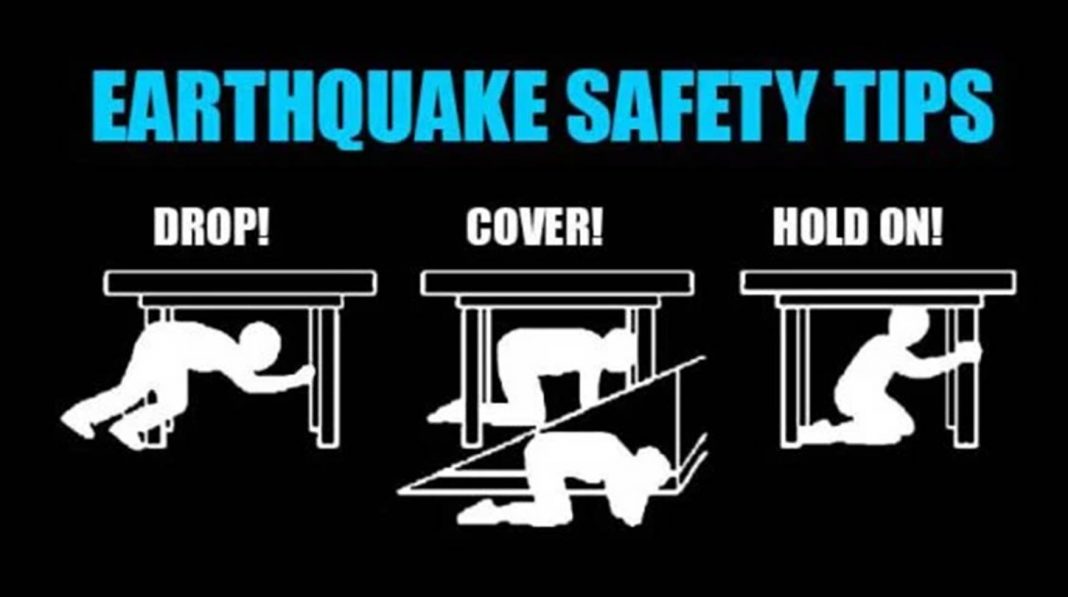- Still no earthquake plans for the Alicante Province
The province of Alicante, one of the areas in the country with the greatest seismic risk, recently suffered the largest earthquake in the last 58 years, with the epicenter between Crevillente and Albatera reaching a magnitude on the Richter scale of 4.3.
Although the earthquake did not cause structural damage or injuries, it did create a surge of anxiety and even fear amongst a large part of the population. And neither has it been the only scare in the region of Alicante so far this year: between July 26 and August 2 there were six minor tremors in the Marina Alta, which, reminded everyone living in the area of the risks that they face on a daily basis.
Despite this situation, the dangers are being ignored by the local authorities: not a single municipality in the province has emergency plans to deal with earthquakes, despite them being required by law. Nor has any comparable plan been prepared in any town or village in the Province of Valencia, according to the Emergency and Security Agency of the Generalitat. The Leader Newspaper has already reported on the shortcomings of the Emergency Plans in this regard back in 2016.
Specific plans are mandatory in all 327 municipal districts of the Valencian Community, of which 136 belong to the province of Alicante and 191 to Valencia. In all of them, earthquakes of intensity equal to, or greater than, grade VII (EMS) are said to be possible. Grade VII on the European macro seismic scale is considered “likely to cause damage”.
When such quakes occur “most people get scared and rush outside, the furniture moves and objects can fall off surfaces. In addition, “many ordinary buildings suffer moderate damage such as small cracks in the walls, or partial collapse.
Experts say that the five regions with the greatest risk of seismic hazard (up to 9.5 degrees on the Richter scale) in the Province are located in the Vega Baja: Torrevieja, Rojales, Los Montesinos, Benijófar and Formentera del Segura.
Then, to an intensity of 9 degrees, in addition to the city of Orihuela, there is Elche and Crevillente. As for the rest of the Province, Alcoy, Alicante and Villena face a risk of 8 degrees and Benidorm, Dénia and Elda, of 7.5.
Although the experts say that earthquakes, such as the one that occurred in Albatera, are not a sign of an impending catastrophe, the Generalitat’s plan does consider that “the seismic danger is maximum in the province of Alicante” while in Valencia there is a “medium danger” and in Castellón the index is of “little relevance”.
The Generalitat says that all municipalities need to be involved and that earthquake plans are important because every single municipality can be directly affected at any time or, if not, they could be required to supply the material and human resources that are needed to respond to an emergency situation in a neighbouring town.
The municipal plans should serve to organise security bodies and social agencies when an earthquake occurs, delimit the most affected areas, locate and mobilise the resources necessary to face the emergency situation and inform the local population.
In November Torrevieja will host a simulation of an earthquake emergency in which local services will be involved, including the Security Agency of the Generalitat, the Military Emergency Unit, Fire Department and the Government Sub-delegation.
It is hoped that such plans will never be put into action in a ‘live situation’ but as long as the possibility exists, the plans need to be in place, as well as being regularly rehearsed and practised.





